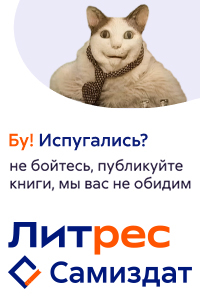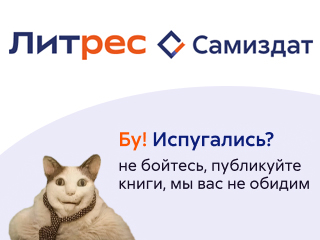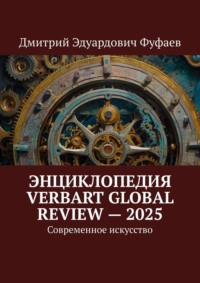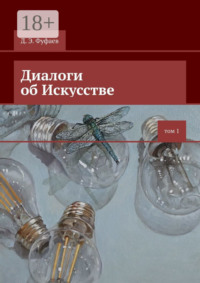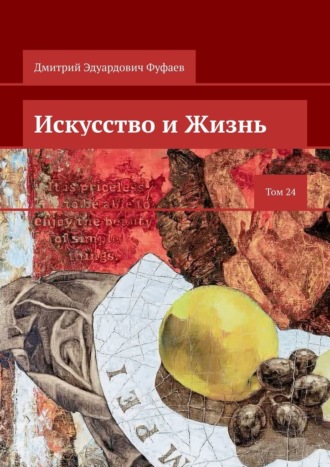
Полная версия
Искусство и Жизнь. Том 24
– Прозрачность авторских прав (блокчейн для подтверждения подлинности).
3. Стратегии художников для максимизации прибыли
3.1. Диверсификация доходов
Успешные авторы больше не зависят только от продаж в галереях. Основные источники заработка:
– NFT и цифровые платформы (SuperRare, Foundation).
– Мерч и лицензирование (принты, одежда, дизайн).
– Подписки и патронаж (Patreon, эксклюзивный контент).
3.2. Личный бренд и соцсети
Алгоритмы соцсетей (TikTok, BeReal) помогают художникам находить аудиторию без посредников. Ключевые тренды:
– Short-form content – таймлапсы создания работ.
– Закулисье студии – личные истории усиливают связь с фанатами.
– Кросс-платформенность – синхронизация аудитории через YouTube, Telegram, Twitter.
3.3. Коллаборации и иммерсивные проекты
Совместные проекты с музыкантами, брендами и метавселенными (Decentraland, Sandbox) открывают новые возможности для монетизации.
Заключение
К 2025 году арт-рынок становится более инклюзивным, цифровым и коммерциализированным.
– Генеративное искусство не заменит традиционное, но создаст параллельный рынок.
– Коллекционеры ценят серийность, цифровые активы и социальную значимость.
– Художники выигрывают за счет диверсификации доходов и прямых продаж через соцсети.
Те, кто адаптируется к этим трендам, смогут не только сохранить, но и увеличить свою прибыль в новом арт-ландшафте.
Art Market in 2025: Key Trends, the Impact of Generative Art, and Artist Strategies
Introduction
By 2025, the art market continues to rapidly transform under the influence of technology, new generations of collectors, and global economic changes. Generative art, digital assets, serial works, and new models for monetizing creativity are redefining traditional notions of the value of art.
In this article, we will explore the key trends:
– Will generative art compete with traditional painting?
– How are collector preferences changing?
– Will the role of editioned art increase?
– What strategies help artists maximize profits?
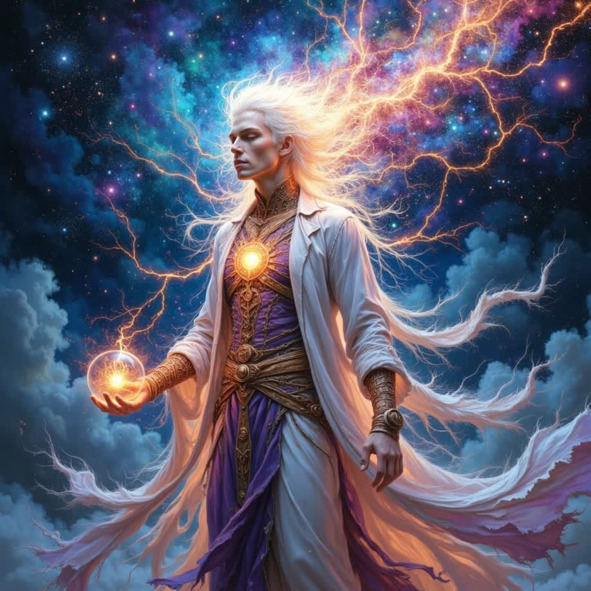
1. Generative Art vs. Traditional Painting
1.1. The Rise of AI Art and Algorithmic Aesthetics
Generative art created using neural networks (e.g., MidJourney, Stable Diffusion, DALL·E) is no longer a marginal phenomenon. By 2025, it occupies a significant niche in the art market due to:
– Accessibility – anyone can create visual content without professional skills.
– Experimentation – algorithms generate unexpected compositions that attract digital art collectors.
– Integration with NFTs – tokenizing works makes them investment objects.
However, traditional painting will not disappear but will transition into the premium segment:
– Uniqueness – handmade works are still valued for their authenticity.
– Tactility – physical canvases retain the aura of «genuineness.»
– Cultural capital – museums and galleries remain strongholds of classical art.
Conclusion: Generative art will carve out its niche but will not replace traditional art; instead, it will create a new market for digital collecting.
1.2. Hybrid Art Forms
Artists are increasingly combining digital technologies with traditional techniques:
– Physical paintings enhanced by neural networks.
– AR graphics complementing classical canvases.
– Generative real-time installations.
This approach attracts both digital collectors and enthusiasts of tangible art.
2. New Collector Preferences
2.1. The Dominance of Millennials and Gen Z
Young collectors (aged 25—40) are driving demand for:
– Digital art (NFTs, VR art).
– Socially engaged themes (ecology, inclusivity).
– Interactivity – art as an experience (performances, immersive exhibitions).
2.2. Growing Interest in Editioned Art
Previously, the value of art was determined by its uniqueness, but today:
– Limited editions (prints, sculptures) are becoming more popular due to affordability.
– NFT editions allow digital works to be sold in multiple copies.
– Collaborations with brands (e.g., Louis Vuitton × artists) are making art part of the mass market.
Conclusion: Seriality is no longer a sign of «inauthentic» art – concept and artist recognition matter more.
2.3. Sustainability and Ethics
Collectors are paying attention to:
– Eco-friendly materials (recycled canvases, digital alternatives).
– Transparency in authorship (blockchain for authenticity verification).
3. Artist Strategies for Maximizing Profit
3.1. Income Diversification
Successful artists no longer rely solely on gallery sales. Key revenue sources include:
– NFTs and digital platforms (SuperRare, Foundation).
– Merchandise and licensing (prints, clothing, design).
– Subscriptions and patronage (Patreon, exclusive content).
3.2. Personal Branding and Social Media
Конец ознакомительного фрагмента.
Текст предоставлен ООО «Литрес».
Прочитайте эту книгу целиком, купив полную легальную версию на Литрес.
Безопасно оплатить книгу можно банковской картой Visa, MasterCard, Maestro, со счета мобильного телефона, с платежного терминала, в салоне МТС или Связной, через PayPal, WebMoney, Яндекс.Деньги, QIWI Кошелек, бонусными картами или другим удобным Вам способом.
